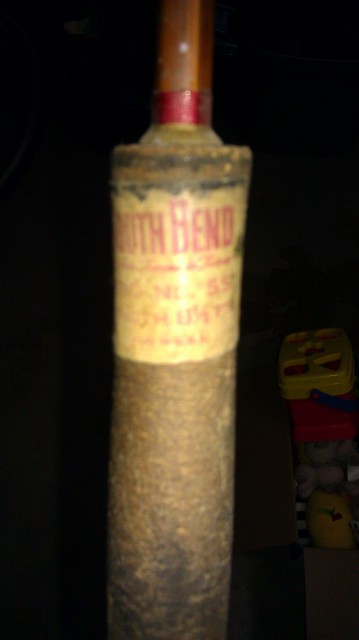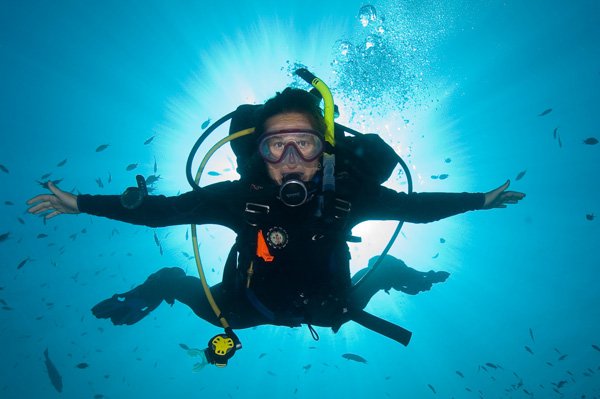windsurfing questions
Question
Hi, I have a Mistral Malibu board with a 6.5 sail which I have been using for many years. I can sail this board wiht this sail in a variety of conditions but not too high wind. I am 6' 2" 200 lbs, 48 years old. A few questions:
1) I notice that when I sail, my comfortable position on the board is significantly in front of the foot straps and have never been able to use them. When I try to move back to the position where the foot straps are, I feel that I can't really control the sail. Why is that?
2) The board has a retractable center board, which I sometimes use, but frankly, not sure when to use and when not to use. Any thoughts on this?
3) The board also has the ability to adjust the position of where the mast connects to the board. I generally put it somewhere close to the middle of the range but was wondering what whether I should perhaps be putting it further back or forward? Thoughts?
4) Even though I've been windsurfing for a number of years, I've never been able to successfully jibe or tack on this board, not for lack of trying. Any suggestions on how to master this other than watching youtube videos and practicing?
Answer
Hey Gerry,
1) Your Malibu is a longer board and to sail in the footstraps requires a good bit of wind. To be able to get into the footstraps with your 6.5 sail, I think that you would need ~ 20mph winds. To be in the footstraps of any board, it requires that the board be planing or very close to planing. When you try to get into the footstraps with not enough wind, you are basically pulling the sail into an inefficient position and will make it difficult to control.
2) A centerboard is used for light winds and tacking upwind. You should use it all the time in sub-planning conditions. When you start getting close to planning speeds, you can start retracting it. You can leave it part way down to help provide lift the same way a fin does. If you leave it down at higher speeds it will want to lift too much and cause the board to rail up. If you actually get onto a plane, you will want it fully retracted. It takes some time and practice to find the right time to start retracting it.
3) An adjustable mast track is designed to give you more control in a variety of conditions. When sailing light winds you want it more forward. As winds and board speed increase, you should move it back. If you are fully planning and in the footstraps, you should have it almost all the way back. The general rule of thumb is when you move back, move the mast back with you. Wind and board speed usually determine this but if you want to go upwind, more forward is the best position.
4) Tacking shouldn't be a problem as your board has plenty of floatation. It won't be a fast tack, but you should be able to tack without falling into the water. As for jibing, you probably won't be doing carve jibes as that requires planning speeds. It would take a lot of wind and lots of effort on your part for a carve jibe. But, you should be able to do a nice slow long board jibe without too much trouble.
Tacking is simply sheeting in and tipping the mast back to turn the board into the wind. As the board slows down and comes close to straight into the wind, you should be stepping forward with your front foot just in front of the mast. As the board swings across the wind, grab the mast with your front hand and step around the mast. Reach under your mast hand and grab the boom with your new forward hand and pull the sail up. Grab the boom with your back hand and sheet in while tipping the sail forward. Be sure to step back to your normal sailing position. This will pull the nose of the board off the wind and now you are on a new tack.
Jibing is sheeting in and tipping the mast foward to bring the nose of the board offwind. As the board gets into a broad reach, step your back foot a bit forward and to the leeward side of the board. Put pressure on your back toes to dig in the leeward rail and help turn the board. Keep sheeting in the sail as the board comes around. When the board is just past straight downwind, you want to switch your feet so that your back foot is the new front foot and your front foot is the new back foot. As the board is coming around, slide your front hand towards the mast and release your back hand. Pull your front hand towards you so the mast is right up near your face. Reach across your front arm and grab the boom on the other side of the sail. Release your old front hand and grab the boom with your new back hand. Sheet in and you are on a new tack.
Hope this helps.
Keep on sailing,
Windlover
tail fin broken
replacement tie on boom head for old mistral board


